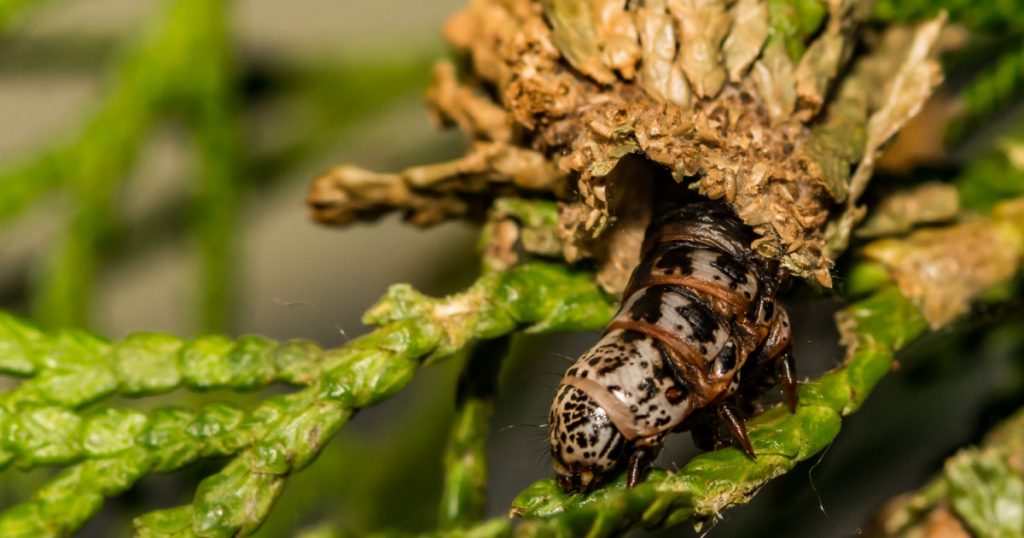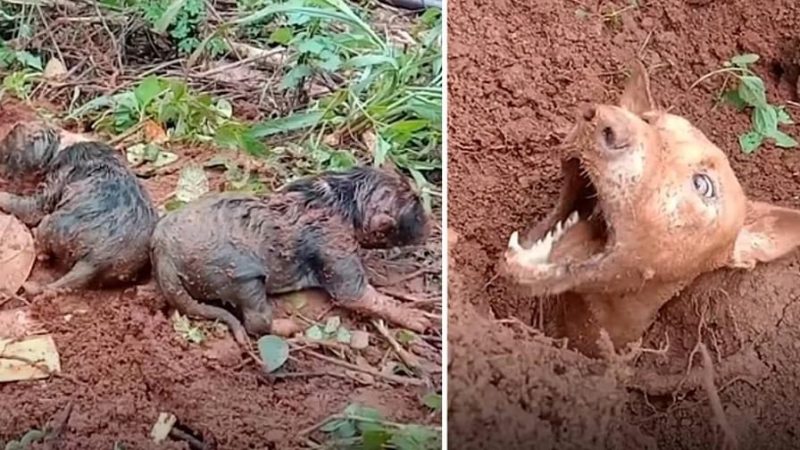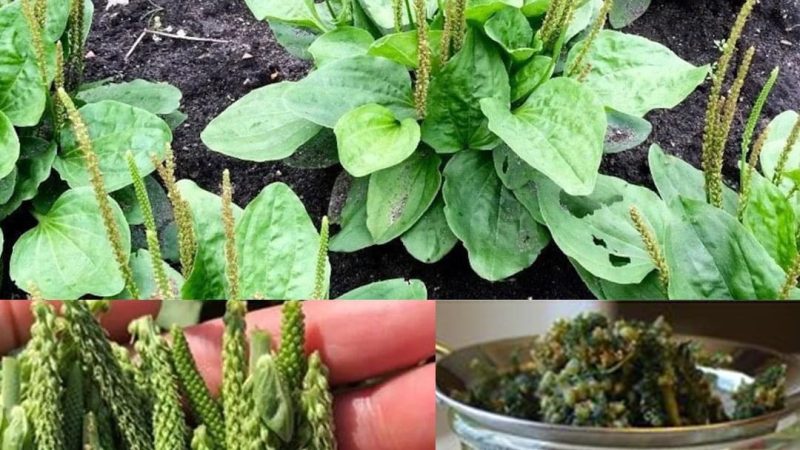The Evergreen Bagworm: A Silent Threat To Your Trees
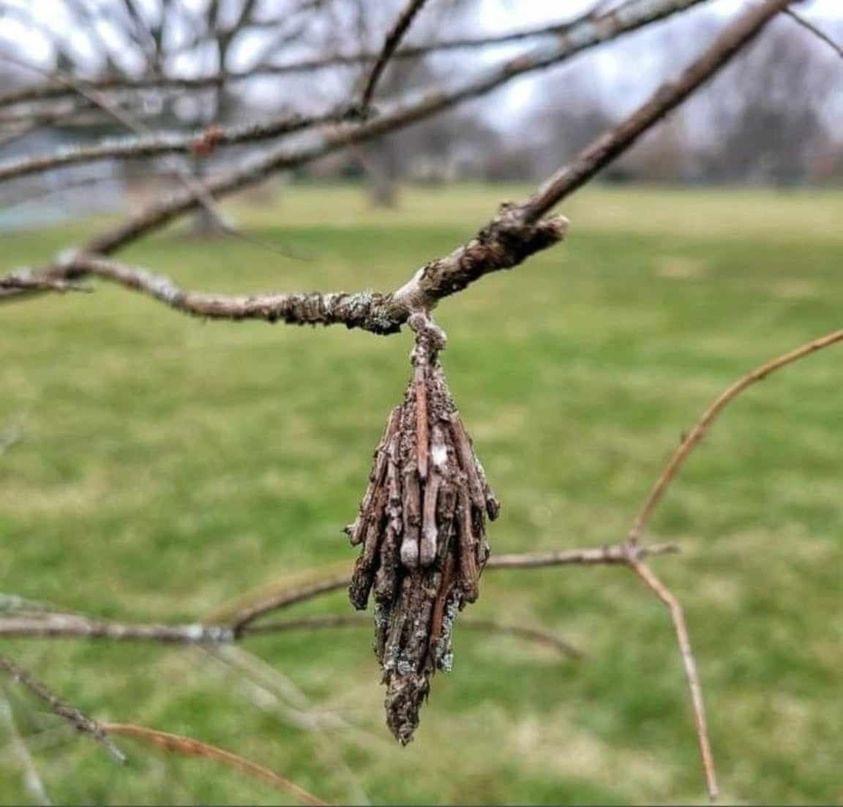
Anyone who’s ever had an issue with an Evergreen Bagworm infestation knows the devastation they bring to trees. The poor trees become increasingly sparse in their pine needle distribution until they eventually lose them all and die. This is a sad end to the beautiful evergreen trees we all love. Thankfully, there are ways to save your trees if you know what to do.
The Evergreen Bagworm: The Silent Killer of Trees
In the world of pests that threaten the health and beauty of trees, few are as notorious as the Evergreen Bagworm. Despite its name, the Evergreen Bagworm is not a worm but a moth in its larval stage. These deceptive creatures can wreak havoc on various evergreen and deciduous trees, causing significant damage and even death if left unchecked. (1)
Understanding the Evergreen Bagworm
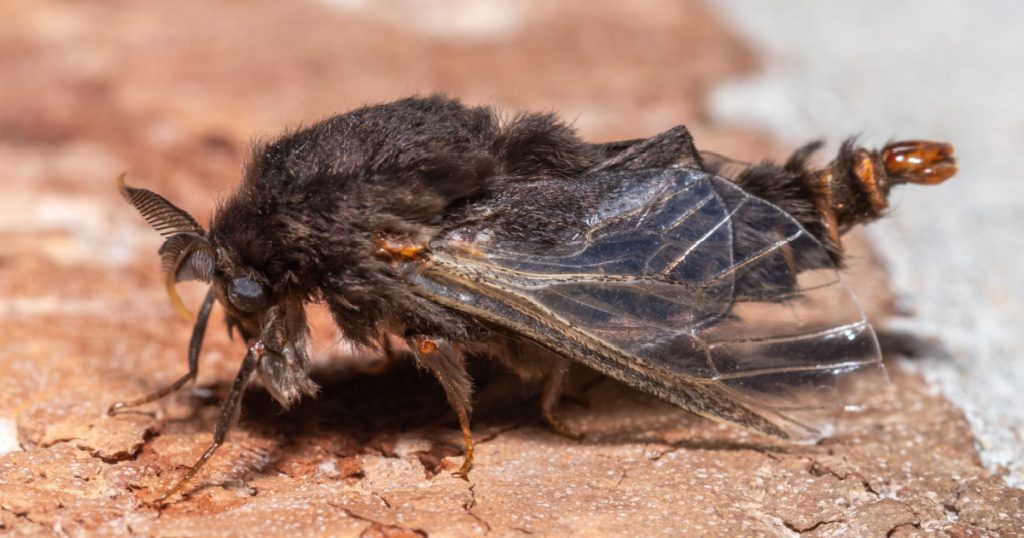
Life Cycle of the Evergreen Bagworm
Understanding the life cycle of the Evergreen Bagworm is crucial for effective management. The reproductive cycle of these moths begins when the female adult lays her eggs within her own bag. Afterward, she dies, and the bag is left hanging on the tree. These eggs remain dormant throughout the winter and hatch in late spring or early summer, giving rise to tiny larvae.
Once hatched, the larvae emerge from the bag and disperse for a suitable host tree. When they find a suitable location, they begin constructing their bags using silk produced by special glands in their bodies. At first, the bags are small and inconspicuous, but as the larvae grow, they periodically emerge to add more plant debris to their casing. Over time, these cases become larger and more noticeable.
